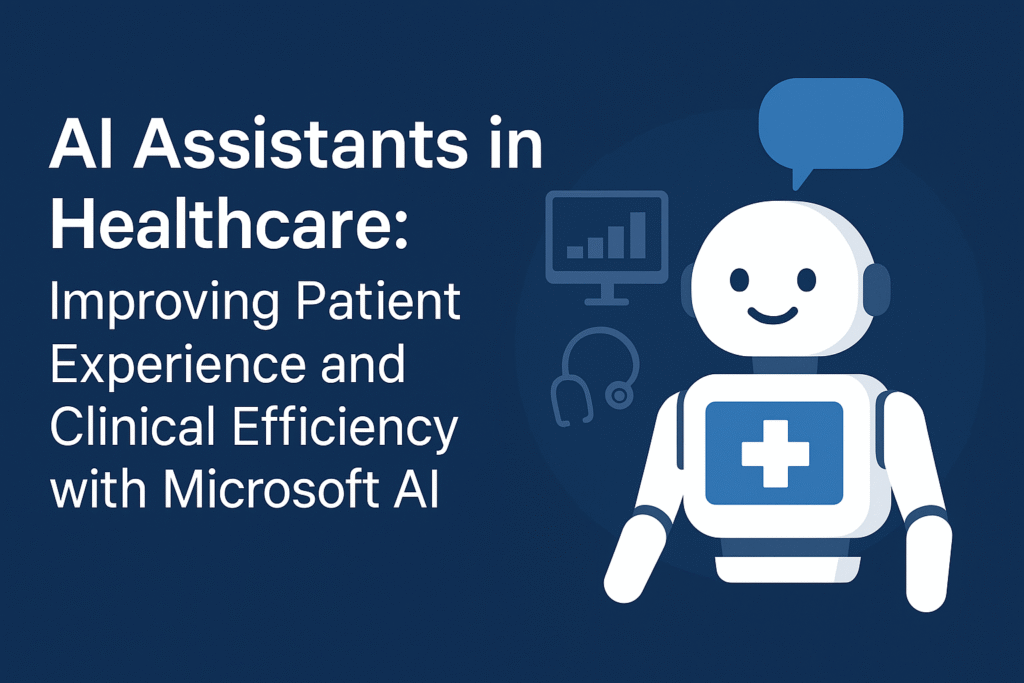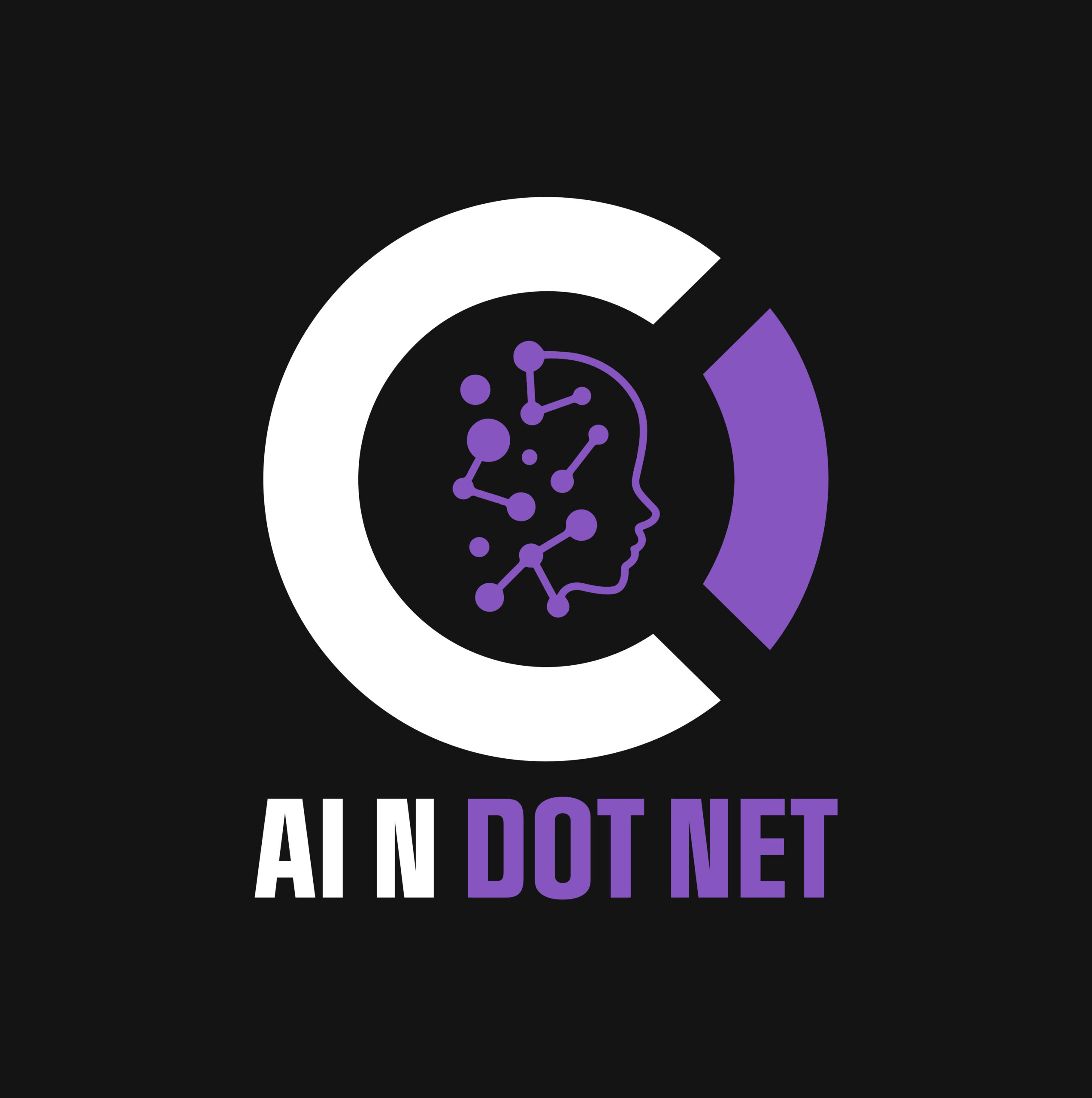AI Assistants in Healthcare: Improving Patient Experience and Clinical Efficiency with Microsoft AI
Healthcare organizations face constant pressure to improve patient outcomes, reduce costs, and streamline operations. AI-powered virtual assistants—when built using Microsoft tools like ML.NET, Azure AI, and Semantic Kernel—are helping leading clinics and hospital systems solve these challenges.
In this case study, we explore how healthcare teams are deploying AI Assistants across clinical and administrative workflows.
🏥 The Challenge
Healthcare delivery is complex and expensive. Providers deal with:
- Long patient wait times
- Staffing shortages
- Administrative bottlenecks
- Delays in follow-ups and post-discharge care
Traditional systems struggle to scale with growing patient populations. Clinics need solutions that automate routine communication while preserving empathy and accuracy.
💡 The AI Solution
Enter the AI Assistant: A modular, Microsoft-based chatbot and voice interface built using:
- Azure OpenAI – Natural language generation and summarization
- Semantic Kernel – Orchestrates workflows and integrates tools
- ML.NET – Custom models for triage, diagnosis probability scoring
- Azure Functions – Connects to EHRs, scheduling APIs, pharmacy systems

🧪 Key Use Cases in Practice
Here’s how a midsize U.S. healthcare provider deployed AI Assistants:
📅 1. Patient Intake Automation
AI chatbot collects insurance info, symptoms, and history via web or SMS before appointments—cutting check-in times by 60%. Medical records are digitized, summarized, and indexed to put nurses and doctors right on critical information
🧭 2. Clinical Triage Bot
Trained with ML.NET on historical diagnosis data, the assistant routes patients to the right department or telehealth provider.
📞 3. Post-Visit Follow-Up
Assistant contacts patients after discharge, schedules follow-up appointments, reminds them to take medications, and reports issues back to the care team.
📈 4. Operational Analytics
Using Azure AI + RPA, the assistant tracks common bottlenecks (e.g., reschedule rates, missed follow-ups) and generates weekly reports.
🧮 Business Impact
| Metric | Before AI Assistant | After AI Assistant |
|---|---|---|
| Average intake time | 18 minutes | 7 minutes |
| No-show rate | 22% | 9% |
| Follow-up compliance | 48% | 79% |
| Admin support tickets/week | 450 | 180 |
🧠 What Made It Work
- ✅ Used Microsoft tools the IT team already knew
- ✅ Deployed in small, iterative sprints
- ✅ Started with patient communication, then expanded to staff tools
- ✅ Combined AI with rules-based safety checks for reliability
🔗 Related Solutions and Tools
📘 Want to Build Your Own AI Assistant?
Watch for our new book on How to Build AI Assistants with Microsoft Tools or Contact us for a no-cost consult to discuss your needs.

